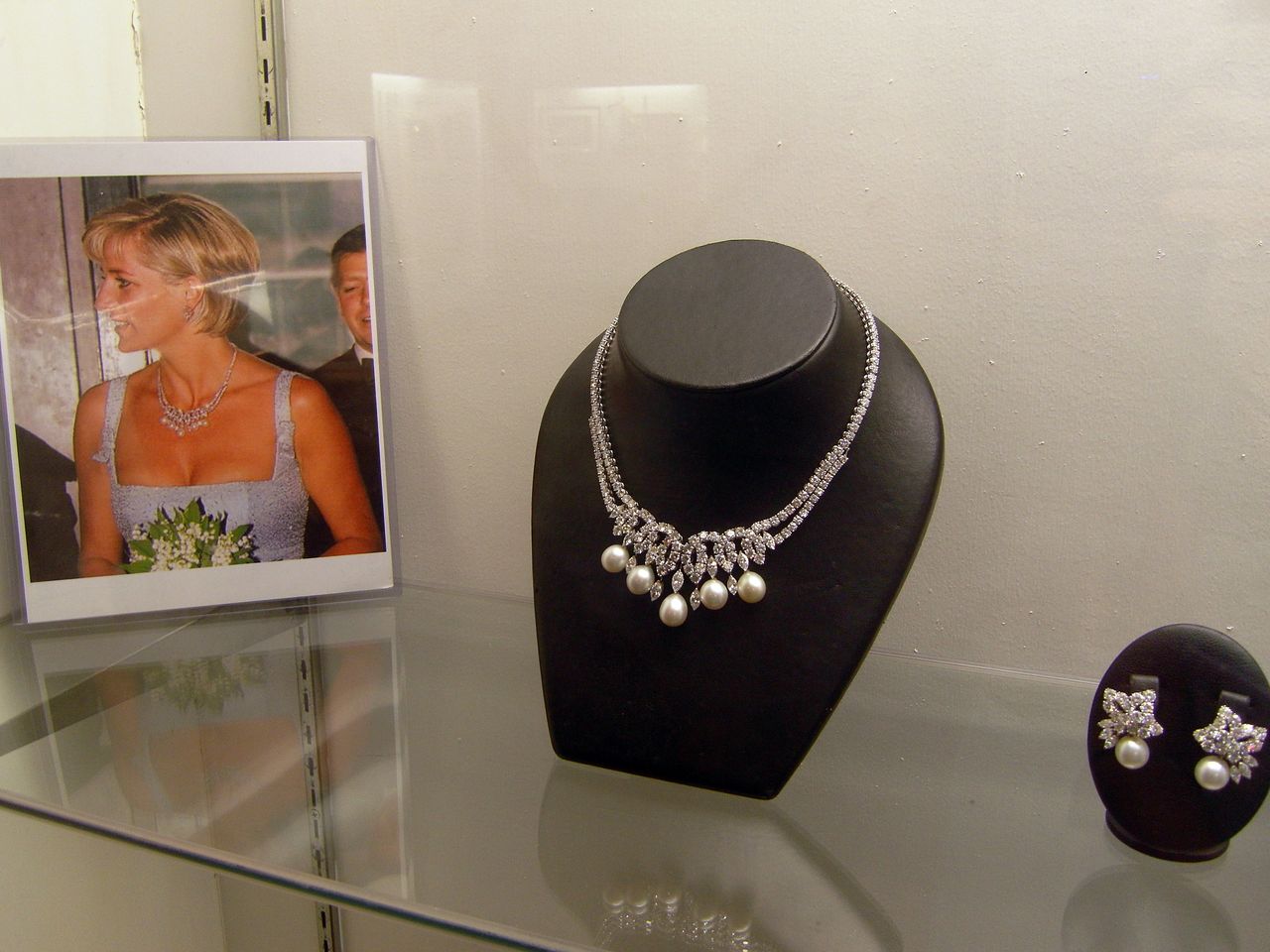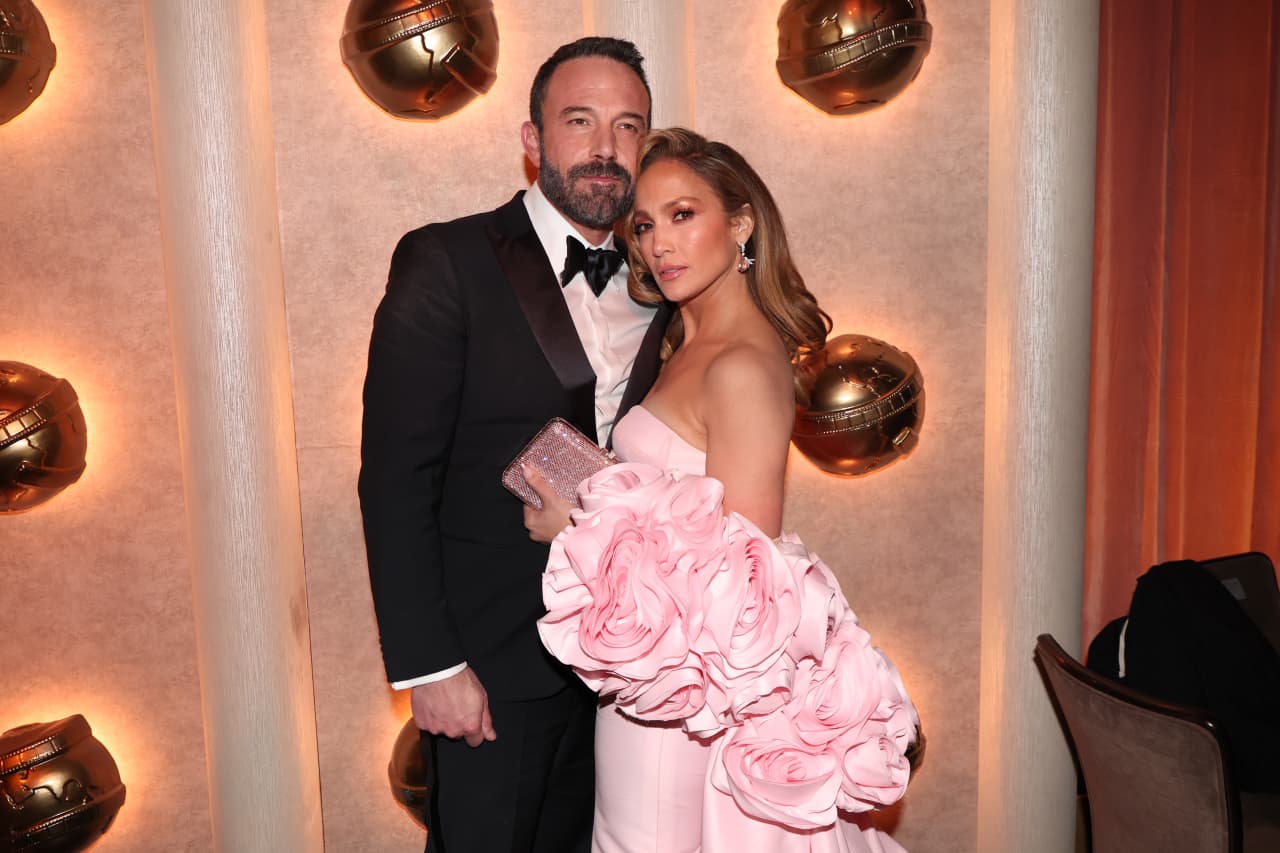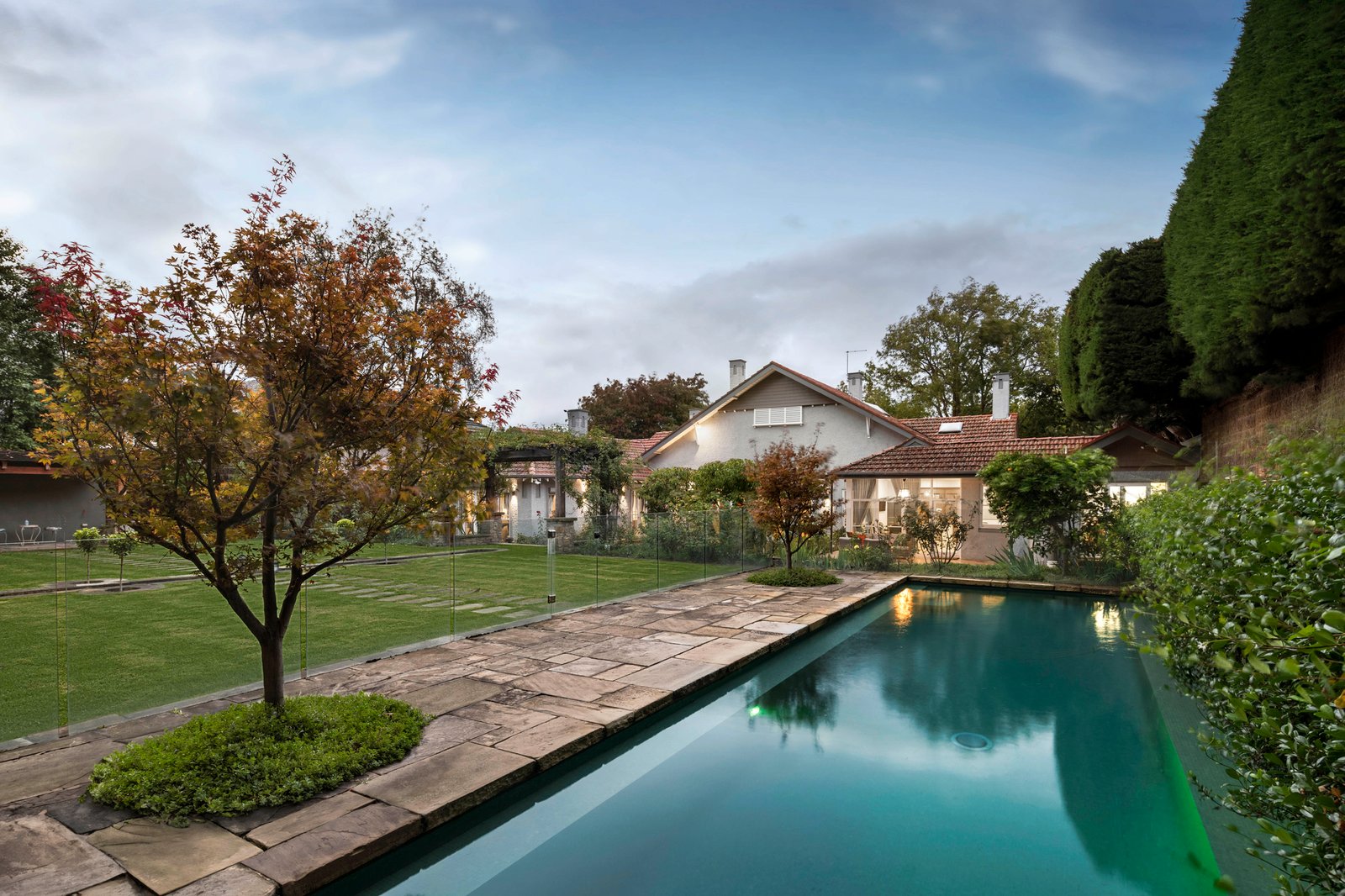Jewels Created for Princess Diana Going up for Auction in New York
A diamond and South Sea pearl necklace and pair of matching earrings created for the late Princess Diana—and worn by her just once, at a 1997 English National Ballet performance—will go up for auction in June and could fetch as much as US$15 million.
The auction will take place not long after the coronation of Diana’s ex-husband, Charles, who will become king in a ceremony on Saturday at Westminster Abbey in London.

New York-based auctioneers Guernsey’s will oversee the sale at Manhattan’s Pierre Hotel on June 27, according to a news release. The jewels were speculated to have been commissioned by Dodi Fayed, Diana’s paramour, before the couple perished in an August 1997 car crash, a Guernsey spokesperson said.
Along with its clusters of pearls and 178 diamonds, the necklace is significant because of Diana’s mystique—and the scarcity of her possessions on the market, according to Arlan Ettinger, president and founder of Guernsey’s.
“This is the only major jewellery of Diana’s that will ever be sold,” Ettinger says. “The family is not about to start parting with treasured items from their late mother.”
The prized jewels are being sold by Mark Ginzburg, a Ukrainian real-estate developer who bought them in 2009 at Guernsey’s and now is being forced to sell because of the war against Russia
Guernsey’s declined to disclose how much Ginzburg for the set.
One report, however, said Ginzburg paid US$632,000, which Penta couldn’t independently confirm.
“The family’s success in Ukraine enabled them to buy the jewels, but their business has been largely devastated by the war,” Ettinger says. “This is a motivated sale.”
The Crown Jeweller, which has created baubles for the Royal Family for centuries and at the time was the venerable British jeweler Garrard, designed the necklace for Diana after meeting with her in early 1997, according to Guernsey’s. Two years after Diana’s death, her family authorised the Crown Jeweller to sell the necklace.
Diana “didn’t have much in the way of jewelry while she was princess,” Ettinger says. “Most of what she wore was jewellery owned by the crown, given for an occasion, but not permanently.” Once Diana divorced then-Prince Charles, “she emerged as her own woman, and the fact that the Crown Jeweller created this for her is a big deal.”
Once the necklace was completed, Diana wore it to a June 3, 1997, premiere of Swan Lake by the English National Ballet. She returned the necklace to the jeweller after the ballet so he could complete a set of matching earrings, although Diana never had a chance to wear them, Guernsey said.
“It has been said that the Princess of Wales—who was also England’s Patron of Dance—was photographed more often on that occasion than at any other time of her life, with the exception of her wedding day,” according to Guernsey’s.
Next month’s sale will mark the third time the necklace has changed hands. Ettinger handled the first sale in 1999; the buyer was Houston furniture magnate James McIngvale. Ten years later, McIngvale put the necklace up for auction with Ettinger and Guernsey’s, which is when Ginzburg bought it.
The diamonds and pearls on their own “are intrinsically worth at least US$1 million to US$1.5 million,” Ettinger says. “But what they’re worth on the market is hard to predict.”
He estimated the necklace may sell for anywhere from US$5 million to US$15 million, though there was no official range provided by the auction house.
“This is connected to someone who was one of the most admired and accomplished women in the world,” Ettinger says.
 Copyright 2020, Dow Jones & Company, Inc. All Rights Reserved Worldwide. LEARN MORE
Copyright 2020, Dow Jones & Company, Inc. All Rights Reserved Worldwide. LEARN MORE
This stylish family home combines a classic palette and finishes with a flexible floorplan
Just 55 minutes from Sydney, make this your creative getaway located in the majestic Hawkesbury region.
Continued stagflation and cost of living pressures are causing couples to think twice about starting a family, new data has revealed, with long term impacts expected
Australia is in the midst of a ‘baby recession’ with preliminary estimates showing the number of births in 2023 fell by more than four percent to the lowest level since 2006, according to KPMG. The consultancy firm says this reflects the impact of cost-of-living pressures on the feasibility of younger Australians starting a family.
KPMG estimates that 289,100 babies were born in 2023. This compares to 300,684 babies in 2022 and 309,996 in 2021, according to the Australian Bureau of Statistics (ABS). KPMG urban economist Terry Rawnsley said weak economic growth often leads to a reduced number of births. In 2023, ABS data shows gross domestic product (GDP) fell to 1.5 percent. Despite the population growing by 2.5 percent in 2023, GDP on a per capita basis went into negative territory, down one percent over the 12 months.
“Birth rates provide insight into long-term population growth as well as the current confidence of Australian families,” said Mr Rawnsley. “We haven’t seen such a sharp drop in births in Australia since the period of economic stagflation in the 1970s, which coincided with the initial widespread adoption of the contraceptive pill.”
Mr Rawnsley said many Australian couples delayed starting a family while the pandemic played out in 2020. The number of births fell from 305,832 in 2019 to 294,369 in 2020. Then in 2021, strong employment and vast amounts of stimulus money, along with high household savings due to lockdowns, gave couples better financial means to have a baby. This led to a rebound in births.
However, the re-opening of the global economy in 2022 led to soaring inflation. By the start of 2023, the Australian consumer price index (CPI) had risen to its highest level since 1990 at 7.8 percent per annum. By that stage, the Reserve Bank had already commenced an aggressive rate-hiking strategy to fight inflation and had raised the cash rate every month between May and December 2022.
Five more rate hikes during 2023 put further pressure on couples with mortgages and put the brakes on family formation. “This combination of the pandemic and rapid economic changes explains the spike and subsequent sharp decline in birth rates we have observed over the past four years,” Mr Rawnsley said.
The impact of high costs of living on couples’ decision to have a baby is highlighted in births data for the capital cities. KPMG estimates there were 60,860 births in Sydney in 2023, down 8.6 percent from 2019. There were 56,270 births in Melbourne, down 7.3 percent. In Perth, there were 25,020 births, down 6 percent, while in Brisbane there were 30,250 births, down 4.3 percent. Canberra was the only capital city where there was no fall in the number of births in 2023 compared to 2019.
“CPI growth in Canberra has been slightly subdued compared to that in other major cities, and the economic outlook has remained strong,” Mr Rawnsley said. “This means families have not been hurting as much as those in other capital cities, and in turn, we’ve seen a stabilisation of births in the ACT.”
This stylish family home combines a classic palette and finishes with a flexible floorplan
Just 55 minutes from Sydney, make this your creative getaway located in the majestic Hawkesbury region.






















